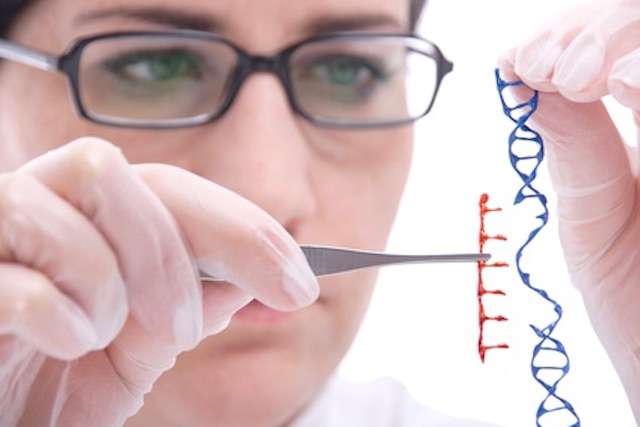Scientists Activate Stem Cells to Make Hair Grow
Anyone who struggles with baldness – whether it's because of alopecia, chemotherapy, age, or stress – might soon have access to a full head of hair.

For the first time in American history, scientists have successfully used a gene-editing tool to correct a disease-causing mutation in human DNA with the goal of ending its heredity for future generations.
Until now, the CRISPR gene-editing tool had never been used for human testing in the United States. But, according to a new report published in Nature, researchers at Oregon Health and Science University were able to edit the DNA in donated embryos to remove the gene for a heart condition that is the most common cause of sudden death in young athletes.
"Every generation on would carry this repair because we've removed the disease-causing gene variant from that family's lineage," said the study's senior author and scientist Shoukhrat Mitalipov. "By using this technique, it's possible to reduce the burden of this heritable disease on the family and eventually the human population."
The targeted disease, hypertrophic cardiomyopathy, affects 1 in every 500 people worldwide. It is entirely undetectable and devoid of symptoms until the host basically goes into cardiac arrest.
Since CRISPR is a controversial topic of medicine due to the ethical implications of gene-editing, researchers made sure to clarify that they were not modifying or enhancing any genes - simply correcting the mutations that had already occurred. While there may be some debate over the moral action of editing genes, scientists say that they are proceeding with caution in order to fully understand the scope of the research.
Scientists at Temple University have already successfully removed HIV from the DNA of living animals using the much-touted genetic tool.
CRISPR could also be effective in eliminating a disease like sickle cell anemia-which causes crippling pain, organ failure, and death-by removing the single misspelled letter in the genetic code that causes it.
Muscular dystrophy is another disease that might be an ideal candidate for gene correction technology that could convert mutant genes back to normal.
"This research significantly advances scientific understanding of the procedures that would be necessary to ensure the safety and efficacy of germline gene correction," said Daniel Dorsa, senior vice president for research at OHSU.
"The ethical considerations of moving this technology to clinical trials are complex and deserve significant public engagement before we can answer the broader question of whether it's in humanity's interest to alter human genes for future generations."
(WATCH the video below to learn how CRISPR works)
Click To Share The News With Your Friends
Be the first to comment